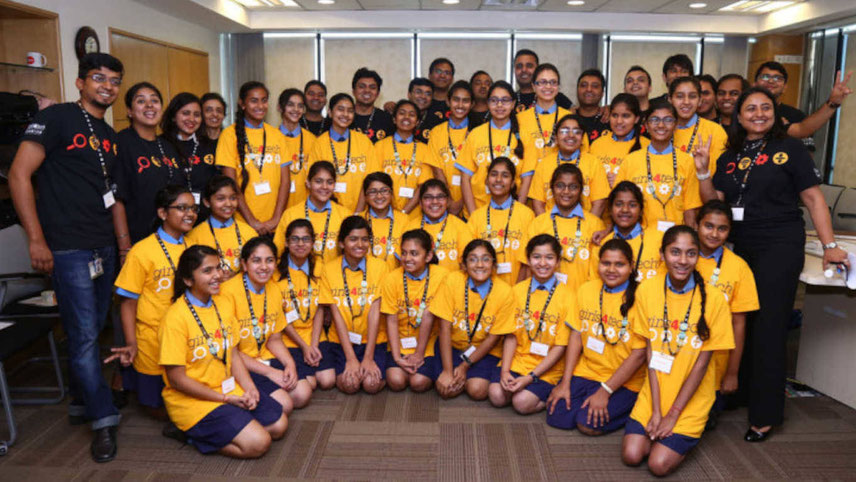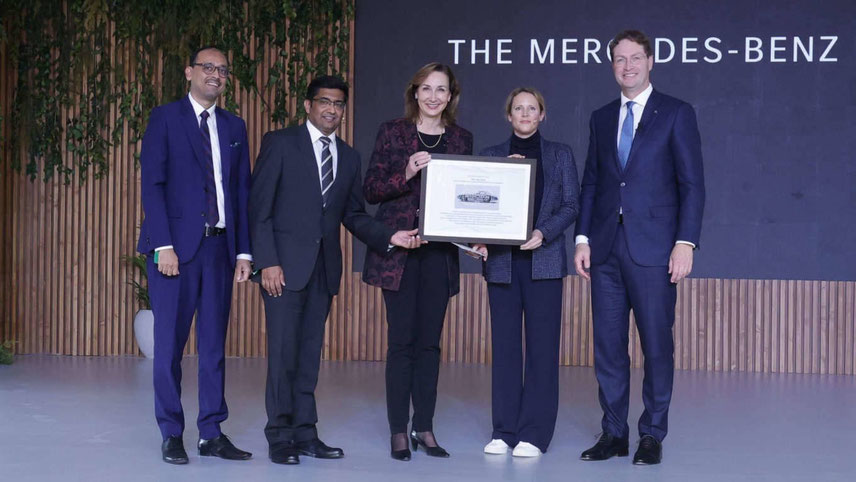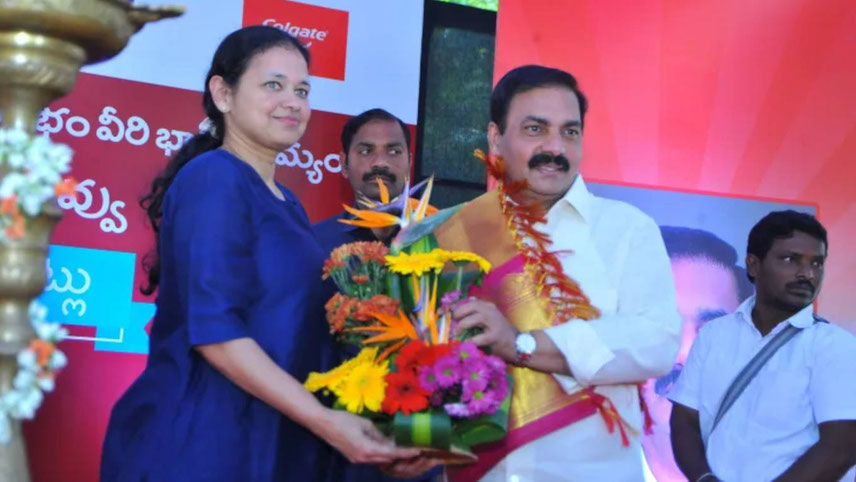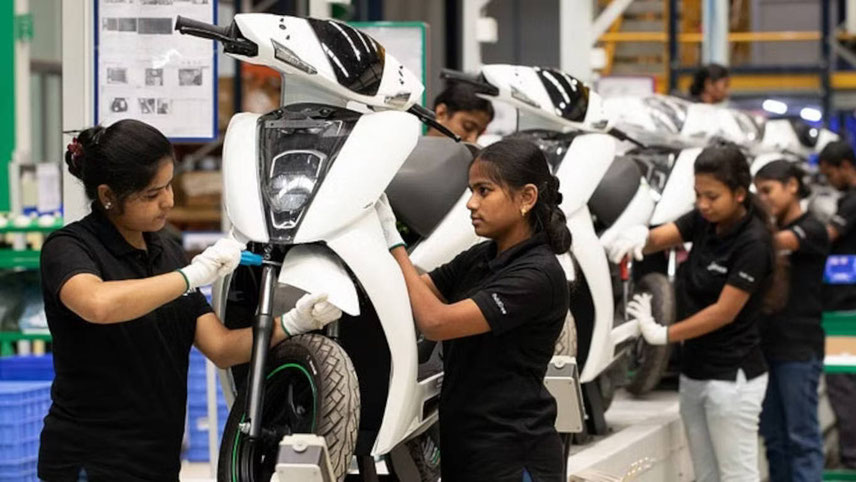Age-old banking has rarely produced a banker like Aditya Puri, who helmed private sector HDFC Bank from its inception in 1994 until his retirement on 26 October. The Economist now calls him the world’s best banker. Arch competitor ICICI Bank, which started out at the same time, has wished him success. His grand send-off has included gigantic wall hangings and a virtual send-off, witnessed by 100,000 employees. With an audio visual that included congratulatory statements from leaders like Deepak Parekh and Mukesh Ambani. Puri, after all, has had a stellar record. Growing HDFC Bank to not just larger than its parent housing finance company HDFC, but also Citibank – a bank he once worked for, an early investor as well as a long-forgotten potential acquirer. He has built HDFC Bank into an institution, with consistency and stability, those magic terms that all his competitors aspire to have but fail to achieve. He has blazed a trail, backed by a strong team, being obsessed with operational excellence and feet firmly planted on the ground. Despite being among employees who sported Omega watches and Gucci shoes, he has lived a simpler lifestyle. HDFC Bank commands a market capitalisation of Rs651,500 crore on the stock markets, its rising tide having taken along with it all stakeholders including investors and employees. How did Puri manage to do all this? Born into a simple Punjabi family, Puri’s father worked in the air force. He appeared on the merit list while pursuing a Bachelors in Commerce degree, and then pursued chartered accountancy in Delhi. His first job was as executive assistant to the finance director of Mahindra & Mahindra, but frustrated with the rut of Mumbai travel from Colaba to Kandivali, he quit M&M to take up a job with Citibank. That took him to Beirut for six months of training. At Citi, he climbed through the ranks until the plum post of CEO, Citibank Malaysia, a job that came with stock options, a two-acre bungalow, and a Mercedes-Benz. It could have been cushy from there; however, HDFC’s Deepak Parekh convinced Puri to return to India to set up HDFC Bank at half his salary. The bank started by leveraging on the parent’s connections, as a corporate bank that would change course over the years to be known primarily for its retail presence. It charged fees in a transparent manner and found customers that were willing to pay. While competitors diluted their attention with overseas expansion, HDFC Bank resolutely focussed on domestic expansion. In the cities, it collected low-cost deposits from the public and lent to companies with balance sheets it believed in. Centralised lending, a new concept back then, meant that promises at the branch level could be kept only if the company’s cash flow could back them. This empowered the feet on the street but saved the bank from the cyclical pain that many public sector banks go through.
-

Puri: the world’s best banker; Photo: Sanjay Borade

































